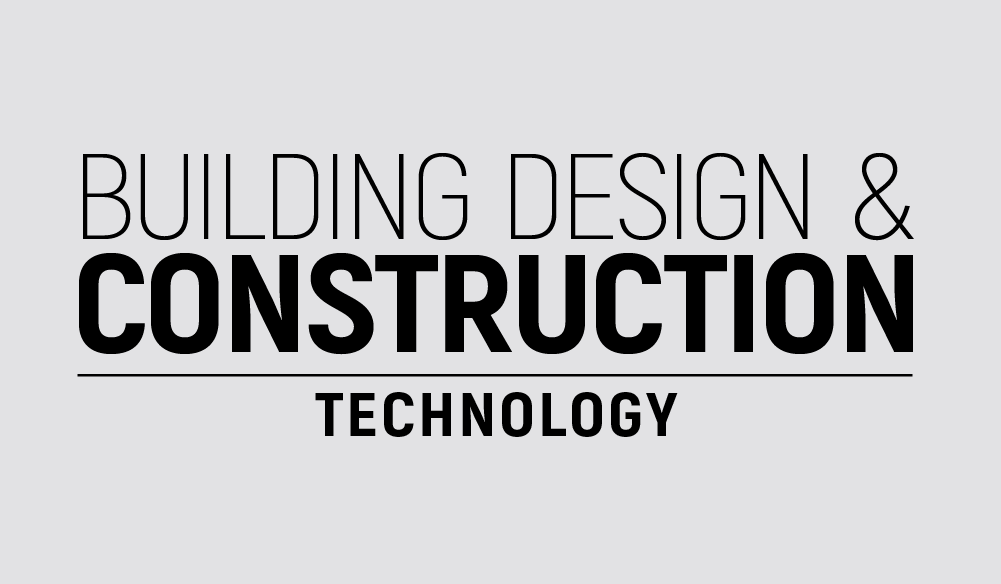Potential applications of digital twins
Demand for high-quality housing and public infrastructure is continuing to rise in the UK. While the construction industry wants to deliver new buildings quickly, it must also take measures to construct new and retrofit existing buildings effectively and sustainably. Embracing digital technology is one way to make these improvements. Here Peter Barker, managing director at BIM academy and contributor to built environment event Futurebuild, explores some potential applications of digital twins in construction.

Many design and construction companies now use digital tools to find a more accurate, cost-efficient and sustainable way of working. Building Information Modelling (BIM), for example, has played a vital role in digitising the built environment and has changed the way that the sector interacts with data. Now, project managers are exploring how digital twins can further improve the design, operation and evaluation of buildings.
Planning
Traditionally, architects have used 2D models to collaborate on designs and communicate them to stakeholders. However, it can be difficult to clearly visualise the final building in 2D format and misunderstandings and design errors may result, increasing the time and budget required to complete the project.
BIM is now widely used by architects to create 3D geometric models of buildings during the design phase, with embedded data on the building’s properties and performance. Architects can use this model to communicate their interpretation of a brief to a client. At a glance, clients can see the entire configuration of the space, as well as factors such as material quality, estimated performance and anticipated budget.
While BIM creates the digital information required to create the model, architects can now build digital twins to dynamically link their designs to physical assets. Using the two concepts allows architects to rapidly and reliably test designs to ensure that all parties are happy with the design and fix any errors before construction begins, reducing waste and costs. Creating a digital twin can also be useful during retrofit projects to test simulations of new ideas and find the optimal materials and processes before investing further into the renovation project.
Prediction
Digital construction technologies can also improve how occupants use and maintain buildings. Effective preventative maintenance in larger buildings, such as office blocks, hospitals or other public buildings, relies on early involvement of an informed and engaged building management team that knows what information they need from architects and contractors about assets and systems.
Instead of relying entirely on traditional information such as manuals, sharing BIM and digital twin data with the client gives operators the information they need at their fingertips so that they can be more proactive. They can collect and analyse real-time data about assets and measure their performance. So, when parts of the building are nearing the end of their intended lifespan, building management teams can plan effectively for repair or replacement work.
Performance
Architects will often determine target performance requirements of a building right at the beginning of a project. Before BIM and digital twins, it was difficult to measure actual performance against predictions. Evaluating asset performance and occupancy often required anecdotal information from clients, which can be subjective and less accurate.
Now, digital tools can help us to understand much more about buildings once they’re complete. Embedding sensors into a building and connecting them to the digital twin can help clients and the industry gather unbiased and key performance data about the building.
Sensors can gather data such as environmental conditions, energy usage, how well products perform, how clients use the space and even the wellbeing of the occupants. For example, sensors may detect that some rooms in a large building are only used for ten per cent of the day — so building management may want to change the function of that space to use it more effectively.
A 2019 report from the Committee on Climate Change identified that UK buildings are not fit for the future. We must build and retrofit millions of homes and buildings to improve their quality while also reducing emissions. The more data we collect about our buildings with BIM and digital twins, the better we can evaluate their performance and make improvements.
Futurebuild’s Digital Impact spotlight offers a platform for existing and emerging digital technologies in the built environment. If you’ve developed a disruptive and innovative technology, we want to showcase it. Register your interest to exhibit here.





